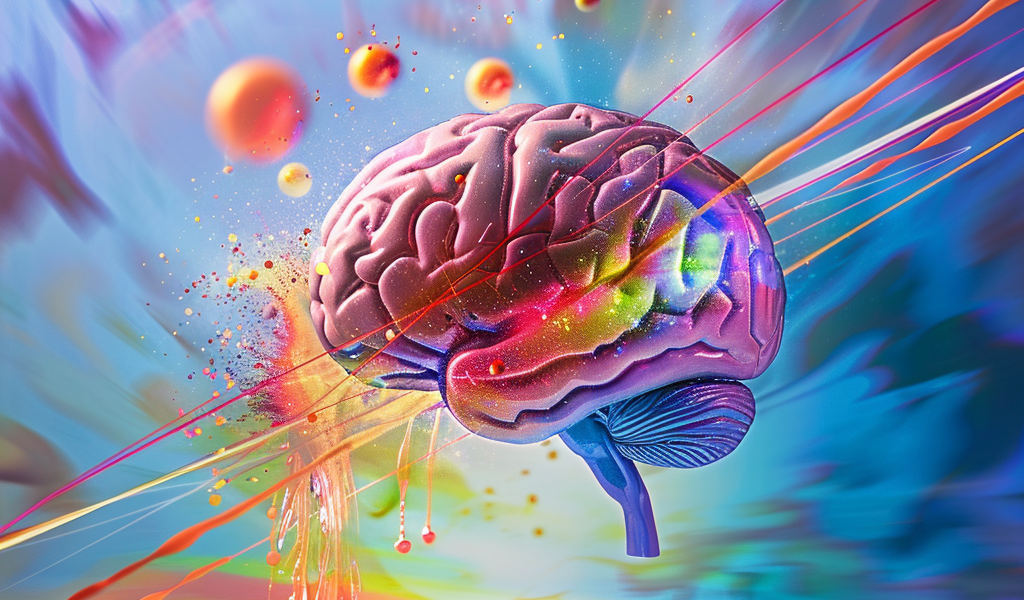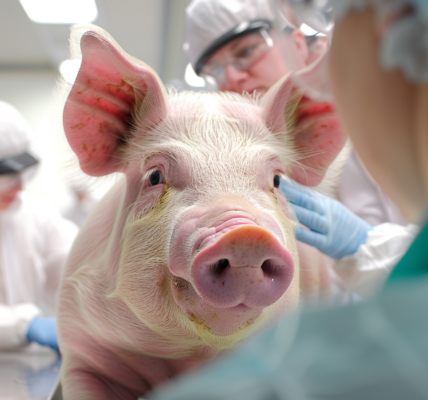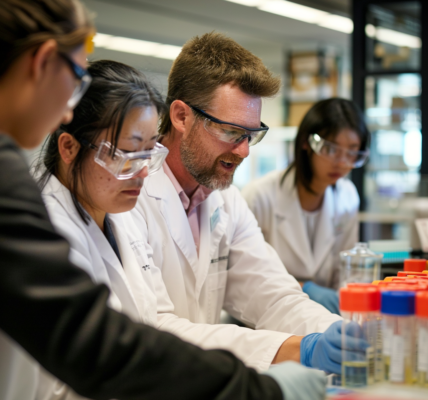Have you ever experienced that moment when a solution to a challenging problem suddenly comes to you while your mind is preoccupied with something else? This phenomenon, often referred to as a burst of creativity, is a quintessential aspect of human cognition. However, understanding the neurological underpinnings of creativity remains a complex and elusive endeavor.
A recent study conducted by a research team led by experts from the University of Utah Health and Baylor College of Medicine has shed light on this fascinating subject. Utilizing advanced brain imaging techniques, the researchers have unveiled how various regions of the brain collaborate to facilitate creative thought. Their findings, published in the journal BRAIN on June 18, 2024, offer promising insights that could pave the way for new interventions aimed at enhancing creativity and assisting individuals with mental health conditions that impair these brain regions.
The Complexity of Creativity
Higher cognitive processes, such as creativity, pose significant challenges for researchers. Unlike functions like motor skills or vision, creativity does not reside in a specific area of the brain. Dr. Ben Shofty, MD, PhD, an assistant professor of neurosurgery at the Spencer Fox Eccles School of Medicine and the senior author of the study, explains, “There’s not a creativity cortex.” This complexity suggests that creativity may involve a distinct set of brain functions.
Evidence supporting this notion can be found in studies showing that localized brain injuries, such as those caused by strokes, can lead to notable changes in a person’s creative abilities—resulting in either enhancements or deficits. These observations indicate that pinpointing the neurological basis of creativity is indeed feasible.
The Default Mode Network
Dr. Shofty theorized that creative thought might heavily rely on brain regions activated during activities like meditation, daydreaming, and other forms of internally focused thinking. This network of brain cells is known as the default mode network (DMN), aptly named for its association with the brain’s default patterns of thought that occur when no specific mental tasks are being performed. According to Dr. Shofty, “Unlike most of the functions that we have in the brain, it’s not goal-directed. It’s a network that basically operates all the time and maintains our spontaneous stream of consciousness.”
The DMN is distributed across several brain regions, which complicates the task of tracking its activity in real-time. To overcome this challenge, the research team employed an advanced brain imaging method that allowed them to observe the DMN’s activity during moments of creative thought. This technique is typically used to locate seizure activity in patients with severe epilepsy and involves implanting tiny electrodes in the brain to monitor the electrical activity across multiple brain areas.
Study Participants and Methodology
The participants in this pioneering study were individuals already undergoing seizure monitoring, providing a unique opportunity for the researchers to explore the relationship between brain activity and creativity. By analyzing the data collected from the implanted electrodes, the team was able to observe how the DMN operates during creative tasks.
The researchers designed a series of tasks that encouraged creative thinking, allowing them to measure the brain’s response in real-time. This innovative approach enabled the team to identify specific patterns of brain activity associated with creative thought processes.
Findings and Implications
The study’s findings revealed that the DMN plays a crucial role in facilitating creative thought, highlighting the importance of this network in generating spontaneous ideas and innovative solutions. The researchers discovered that certain areas within the DMN exhibited heightened activity during moments of creativity, suggesting that these regions are integral to the creative process.
These insights could have far-reaching implications, particularly in the fields of psychology and neuroscience. By better understanding the neural mechanisms underlying creativity, researchers may be able to develop targeted interventions that enhance creative thinking in various populations, including those with mental health disorders that disrupt normal brain function.
Future Research Directions
The implications of this study extend beyond mere academic curiosity. As creativity is a vital component of problem-solving and innovation, understanding its neurological basis could lead to significant advancements in multiple fields, including education, therapy, and cognitive enhancement.
Future research could focus on exploring how different factors, such as environment, mood, and cognitive load, influence the activity of the DMN and, consequently, creative thought. Additionally, investigating the potential for training or stimulating the DMN to enhance creativity could open new avenues for therapeutic interventions.
As researchers continue to unravel the complexities of the brain’s creative processes, the hope is that these findings will contribute to a deeper understanding of human cognition and the factors that foster creativity.





